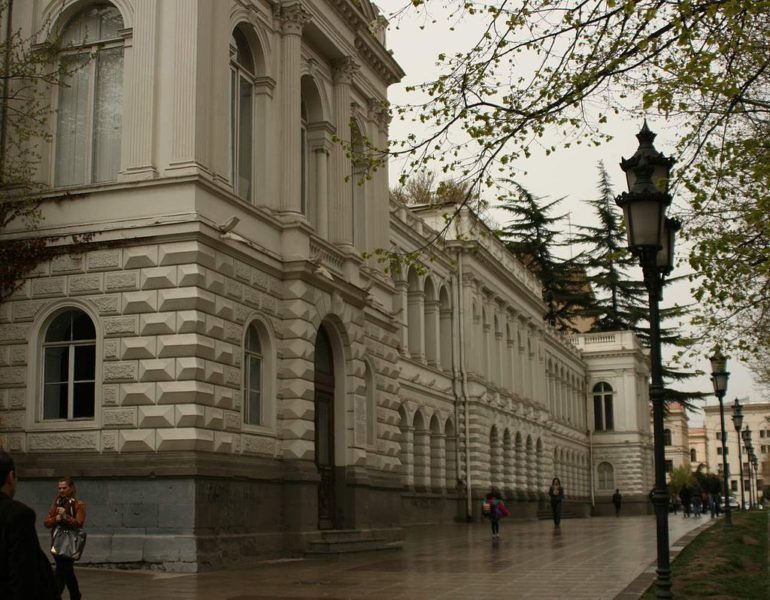Tbilisi City Hall has announced it will launch a rehabilitation effort for two of the capital city’s cultural heritage monuments, with 19th century-built National Palace and Cadet Corps venues this year. A thorough work for reinforcing, repairing in addition to upgrading or restoring decorative elements is estimated to cost 25 million GEL (about €7.9 million).
The National Palace was (built in 19th Century) the residence for Tsarist Russia’s imperial viceroy to the Caucasus, before it became a historic venue where the independence of the First Democratic Republic of Georgia was proclaimed in 1918. It now functions as a venue for extra-curricular education for youth aged between 6-26, with around 4,500 students registered for classes in music, languages, folklore, theatre and more. The Cadet Corps was built in 1860 and served to train sons of noble families as future officers in the Imperial Russian army and was led by high-ranking military commanders and now houses residential flats.
To find out more on the history of the monuments, log on to AGENDA.GE.

